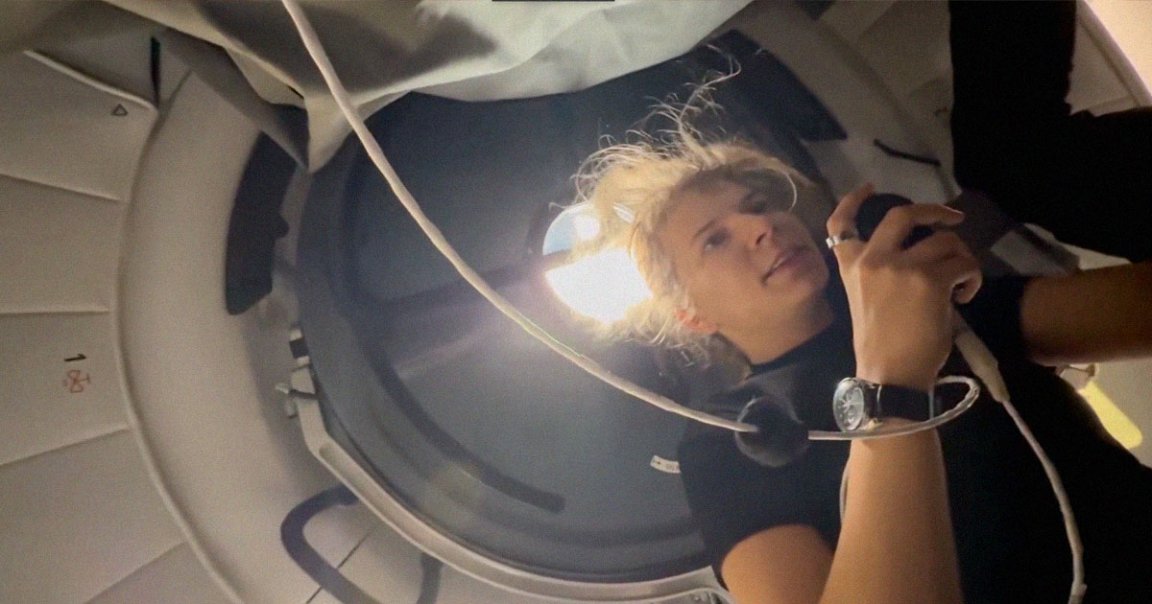
SpaceX launched its Fram2 private astronaut mission from NASA’s Kennedy Space Center on Monday.
Soon after, a crew of four astronauts on board the Crew Dragon vehicle entered a highly unusual polar orbit, giving them a unique perspective on some of the most remote places on Earth.
But as crypto billionaire and mission commander Chun Wang reported in a tweet, the once-in-a-lifetime journey had a pretty rough start — highlighting a brutal adjustment period many astronauts have to endure when traveling to space.
“The first few hours in microgravity weren’t exactly comfortable,” he wrote. “Space motion sickness hit all of us — we felt nauseous and ended up vomiting a couple of times.”
“It felt different from motion sickness in a car or at sea,” Wang added. “You could still read on your iPad without making it worse. But even a small sip of water could upset your stomach and trigger vomiting.”
It’s a particularly pertinent topic as more people — often with less training and experience — are traveling into space for prolonged periods.
The motion sickness proved severe enough that nobody on board asked to open the Dragon capsule’s cupola, a large glass dome that allows passengers to gaze at the Earth below, which replaces the hatch used to dock to the International Space Station on the tourism version of the craft.
“We were all focused on managing the motion sickness” instead, Wang wrote.
The phenomenon, often referred to as “space adaptation syndrome,” is a common problem for space travelers adjusting to weightlessness once in orbit. According to a 2006 study, anywhere from 60 to 80 percent of astronauts experience space motion sickness.
Researchers have found that symptoms are usually the result of adaptation to a different gravitational force — not necessarily weightlessness alone — after finding that the same symptoms appear after spending more than an hour in a centrifuge on Earth.
Scientists are still looking for an effective treatment. While drug-based interventions have been proposed to mitigate symptoms, none of them have been systematically evaluated.
Other researchers are evaluating whether other interventions, like wearing a pair of VR goggles, could address the issue. In an experiment last year, a team of scientists at the University of Colorado, Boulder found that duplicating the motion of the spacecraft inside VR — essentially a “virtual window” to the outside — could reduce moderate symptoms of motion sickness.
Fortunately, even without extensive countermeasures, many of these symptoms can go away on their own.
After sleeping “really well,” Wang recounted that he “felt completely refreshed. The trace of motion sickness is all gone.”
“We had breakfast, took a few X-ray images, and opened the cupola three minutes after midnight UTC — right above the South Pole,” he added.
The Fram2 crew is expected to spend up to five days in orbit, ending in a splashdown in the Pacific Ocean, which is a first for a SpaceX astronaut mission, according to Space.com.
More on the mission: SpaceX Launching First-Ever Astronauts Over Earth’s Poles Tonight